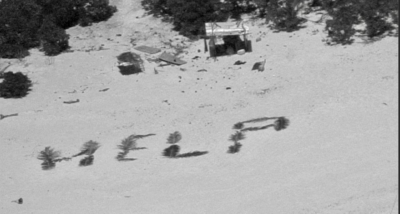Question on airborne noise and vibration
I’m trying to get my arms around the sidebar “Isolating noise and vibration” that appeared in the January issue along with the main story on gensets. (“Load Masters,” page 48.)
My first point is that Christie & Grey mounts would be the only proper ones for the marine environment. This sort of statement seems a bit of a stretch, though I don’t know all the exigencies of the marine environment. The second point would be the term “airborne” noise. What other way would noise be transmitted than through the air?
John Fischer
Palatine, Ill.
Editor’s Note: Michael Crowley, who wrote the article, responds: Referring to “the only proper ones for the marine environment,” the sidebar doesn’t say that. Matt Coombs with Christie & Grey said, “It’s a spring and rubber isolator. We are the only ones in the world to have perfected it in the marine market.” That’s a technology and product claim from the company. Airborne noise comes from a source and goes out in a straight line until it’s stopped by something, such as a bulkhead. Structural noise moves through a structure, then becomes airborne and you can hear it.
Foss tug tow of ferry was clever
I liked the way the Foss tug secured its towline to the Washington state ferry Tacoma in the November 2014 WorkBoat cover photo. It was quite ingenious.
Don Thayer
Master 1,600-GRT Oceans
Chicago, Ill.




